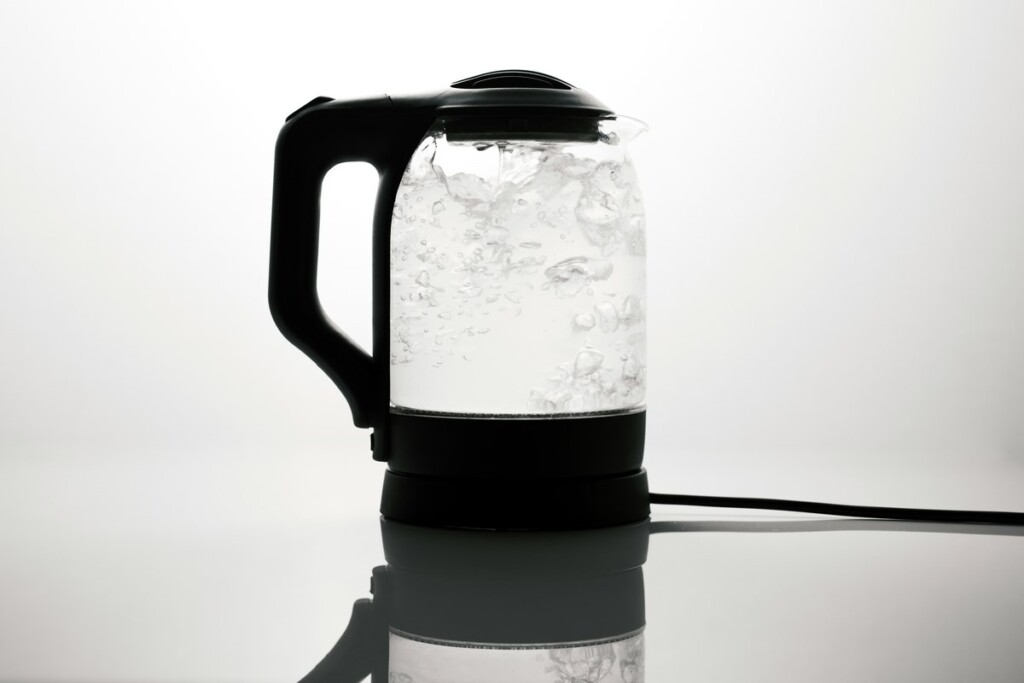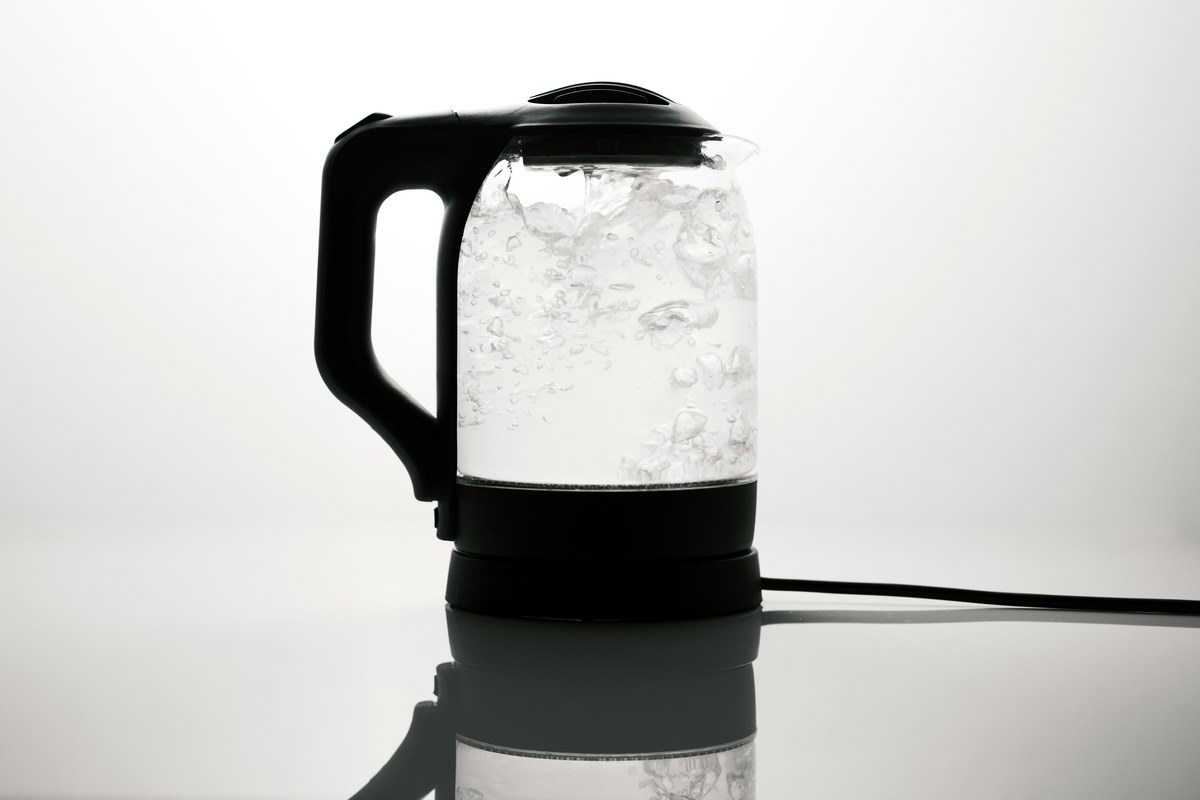
Recently GNN reported that the world may be overestimating the amount of plastic entering the ocean by 3,000%.
It also turns out that maybe there’s not such a danger of plastics in the water supply either, since a group of scientists found that simply boiling it first can remove between a quarter and 90% of all the microplastics therein.
It’s reminiscent of the revolution in sanitation that occurred after tea drinking was introduced into Western Europe. For the first time ever, societies were regularly consuming boiled water which had the added effect of purifying it of pathogens first.
A study from Guangzhou University tested two types of tap water, hard tap water and soft water. Aside from a discussion of industrial contaminants, the difference between the two is that so-called hard tap water is richer in minerals, particularly calcium carbonate, or limescale.
Anyone who uses an electric kettle or coffee maker knows that the limescale builds up and needs to be addressed every few months. When the scientists boiled the hard tap water, the pushing out of the calcium carbonate from the water solution effectively trapped a variety of plastic particles ranging from 5 micrometers to 10 micrometers in length.
90% of these components were trapped in the limescale layer.
“This simple boiling water strategy can ‘decontaminate’ [nano and microplastics] from household tap water and has the potential for harmlessly alleviating human intake of NMPs through water consumption,” write the researchers in their paper, published in February.
Even in soft water, where less calcium carbonate is dissolved, roughly a quarter of the plastic was snagged from the water. Most bottled water sold in the US is hard water because most tap water in the US is too.
ALSO CHECK OUT: Drinking Black Tea May Reduce the Risk of Early Death From Heart Disease, Says Study of Half-Million Brits
Some brands use reverse osmosis or other methods to dissolve the minerals found in tap water. It’s either sold as soft water or ‘mineral water’ after re-adding minerals to it.
“Our results have ratified a highly feasible strategy to reduce human NMP exposure and established the foundation for further investigations with a much larger number of samples,” write the authors.
It’s believed that, even as you read this news story, there is around 7 credit cards worth of plastic circulating in your body. The broad, long-term effects of this contamination are unknown, but they’ve been found in every organ in mice studies, including brain, and even the placenta.
THE FIGHT AGAINST CONTAMINANTS: U.S. Unveils First-Ever Regulations to Remove ‘Forever Chemicals’ in Drinking Water
If you don’t feel like waiting for the government to gather evidence to put restrictions on microplastics in water, this study offers a key insight. Stick a water filter on your kitchen tap that is graded for 99.99% purity, and if you boil the water that comes out of that—removing 90% of whatever remains, you’re probably in the clear.
SHARE This Critical Discovery About Drinking Water With Your Friends…




















